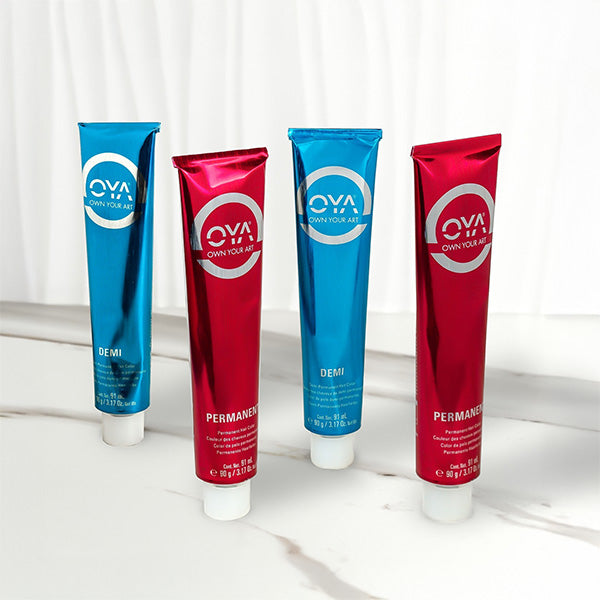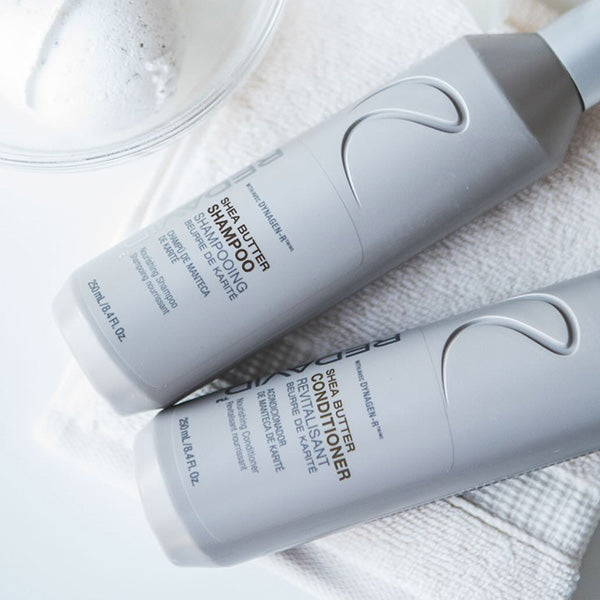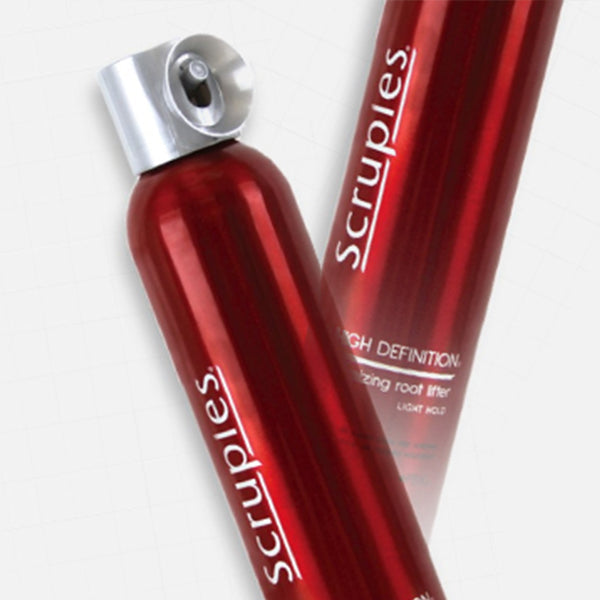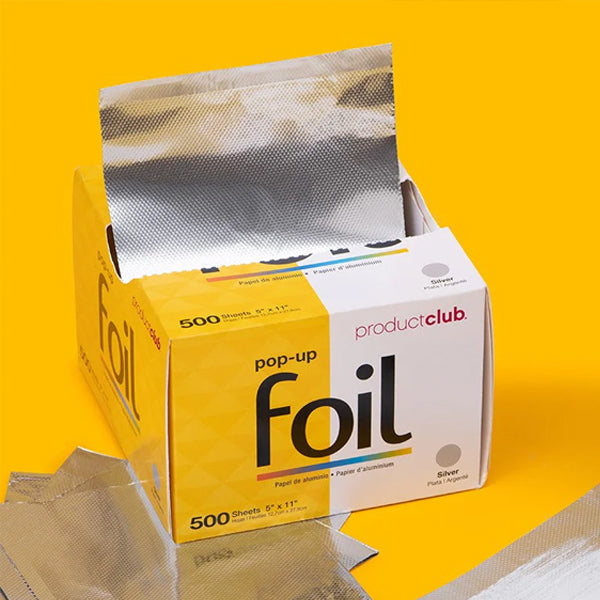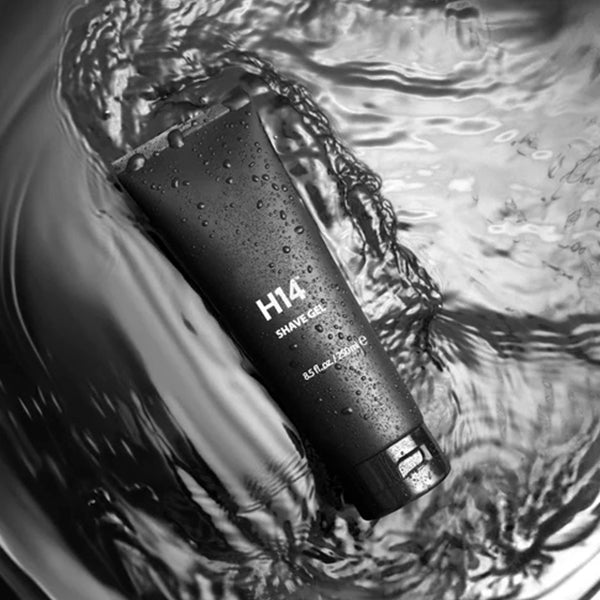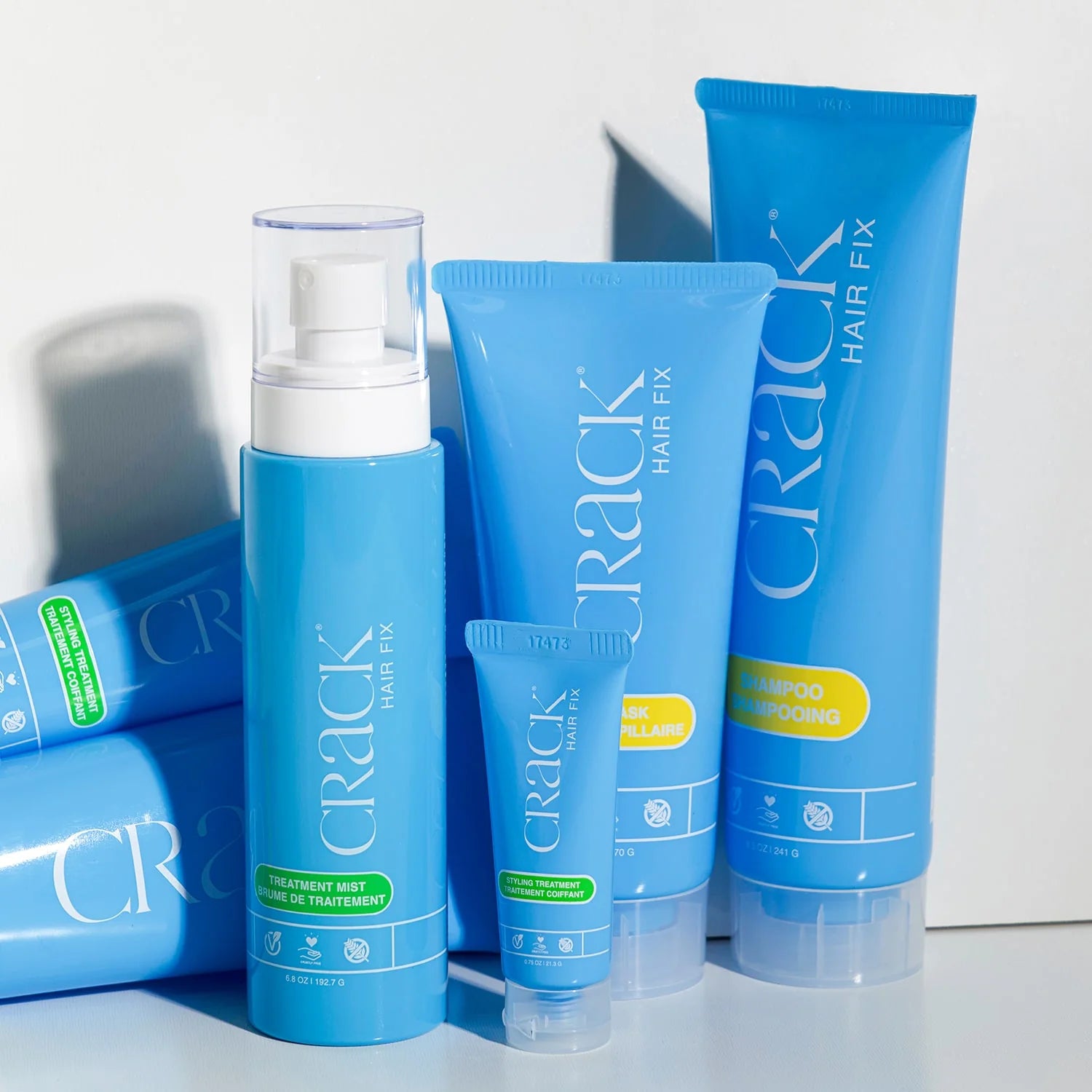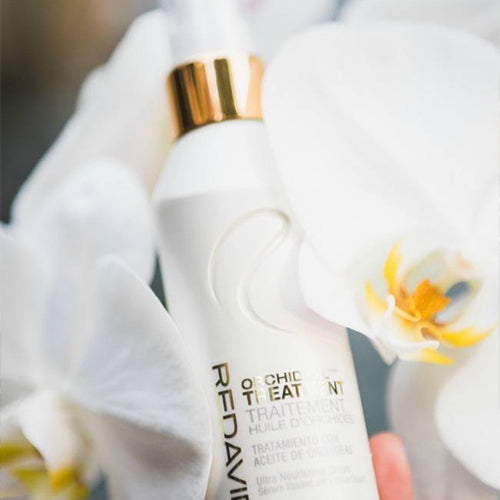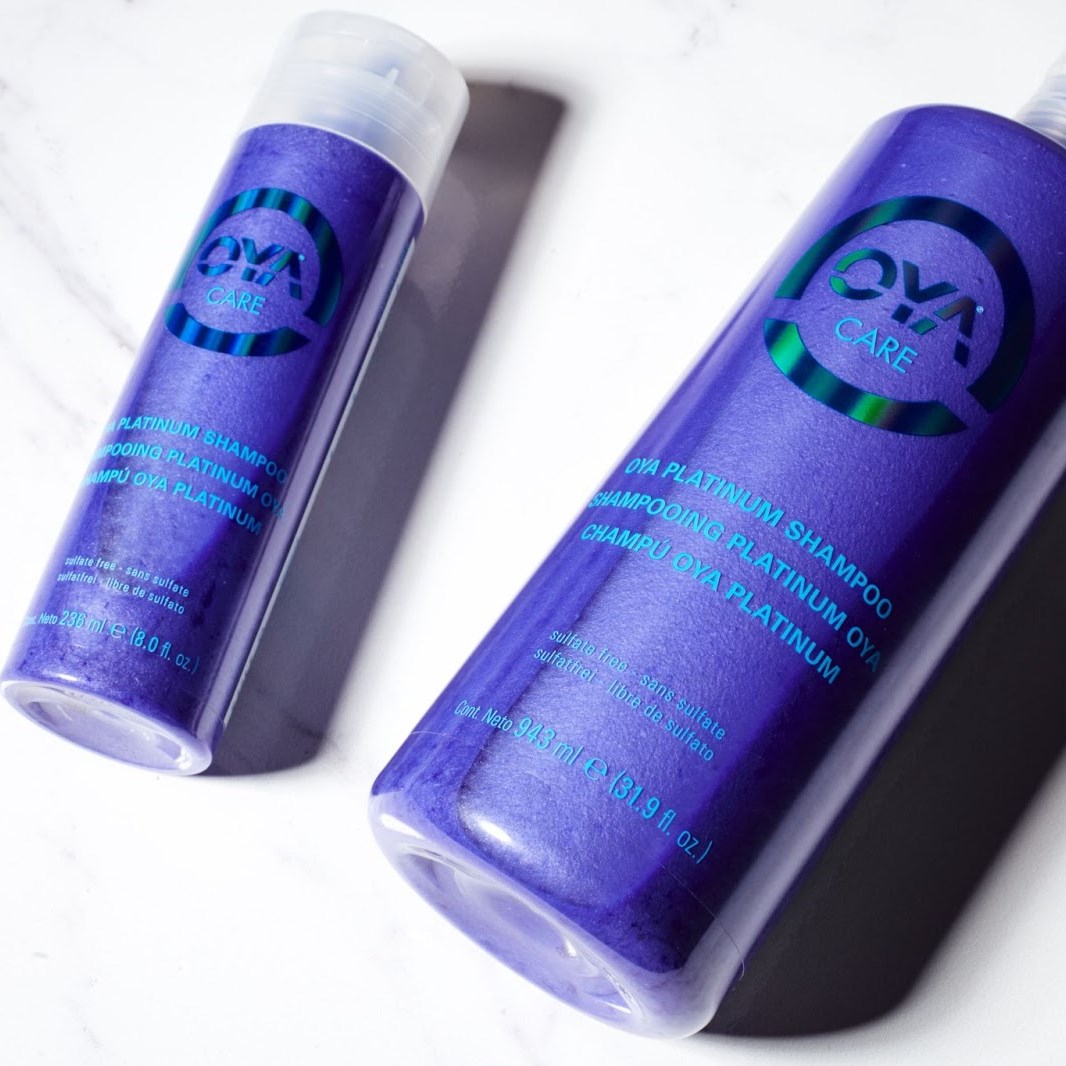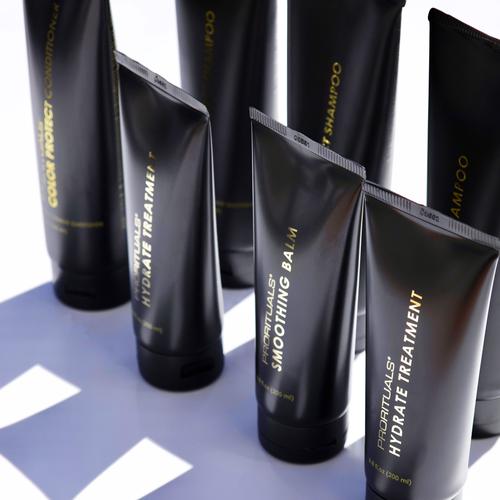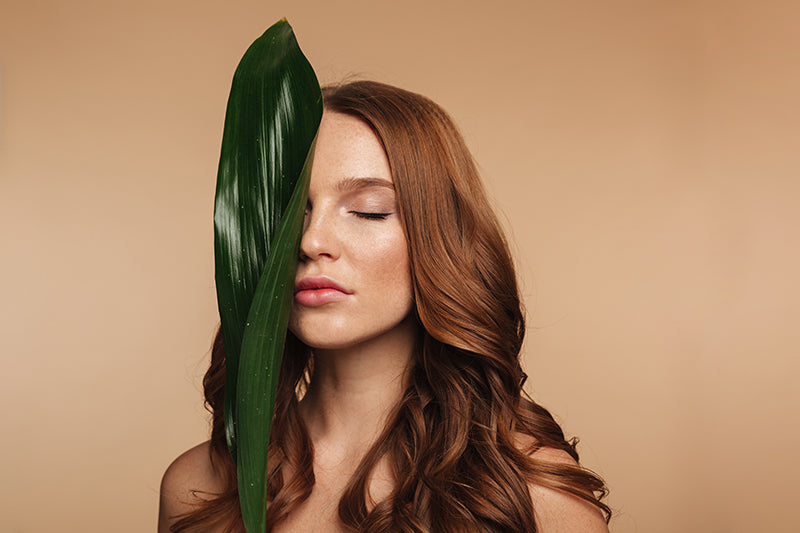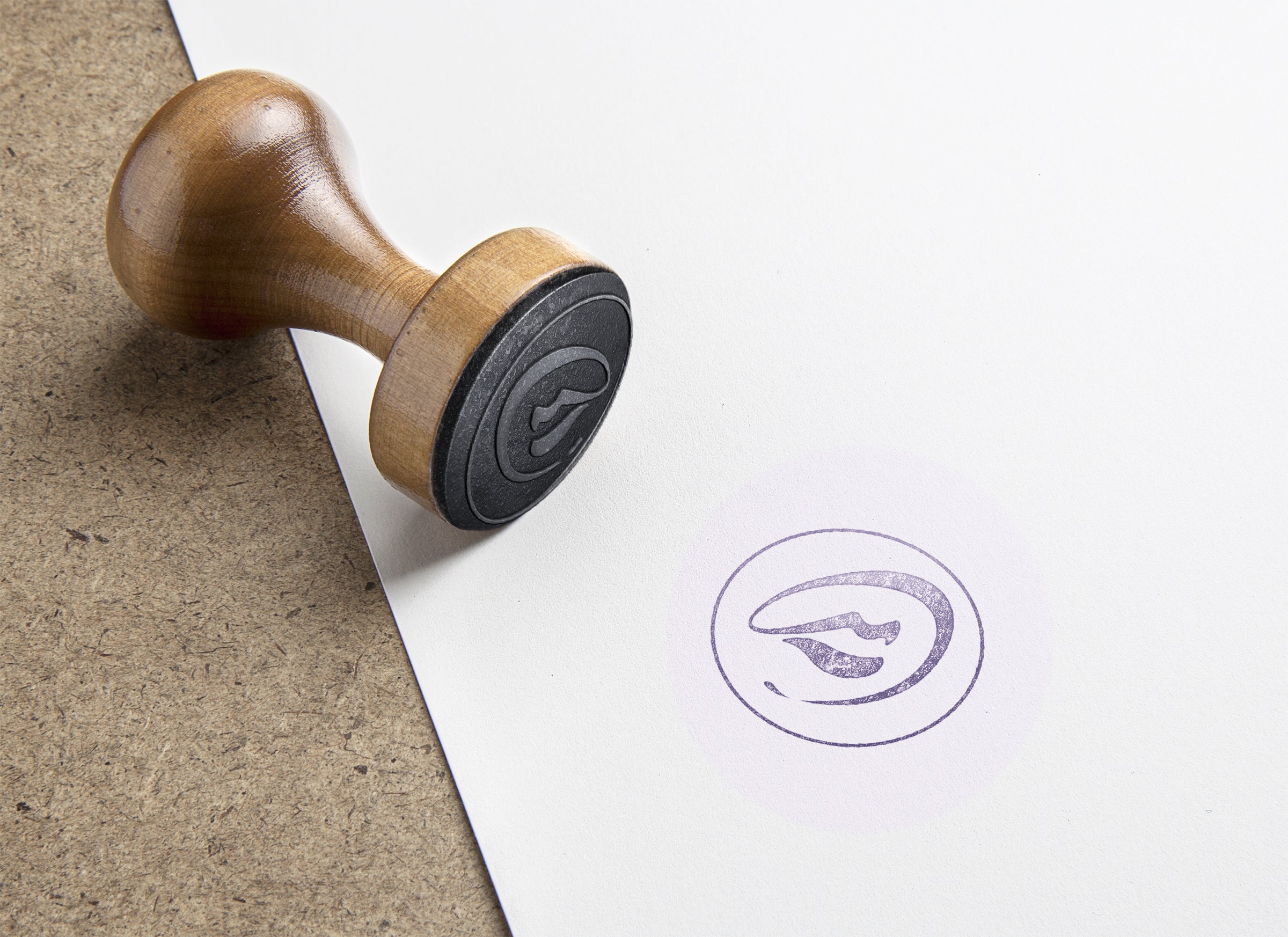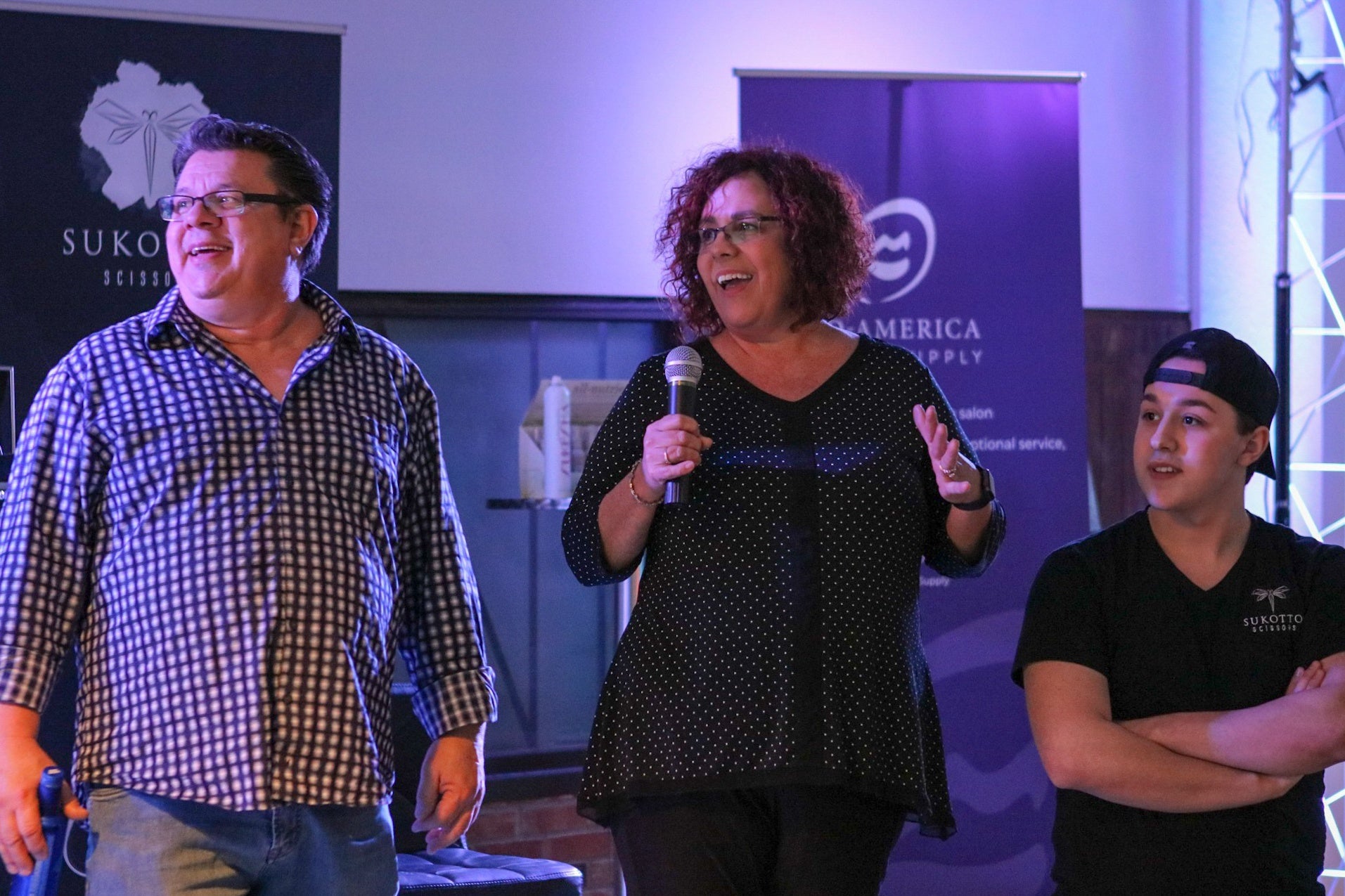Straightening 101: Essential Dos and Don'ts for Stylists
As professionals, we understand the desire for sleek, straight styles among our clients. However, achieving these looks while prioritizing the health and integrity of their hair is paramount. In this blog entry, we will delve into the essential dos and don'ts of hair straightening, equipping you with the knowledge and expertise to provide accurate advice and achieve fantastic results for your clients.

Understanding Heat Settings: A Breakdown of Optimal Temperatures for Different Hair Types Hair types vary greatly, and so do their heat tolerance levels. By understanding the optimal temperature range for different hair types, you can minimize the risk of heat damage. Fine hair, for example, requires lower heat settings, while coarser or textured hair may tolerate higher temperatures. Strike the right balance to ensure the best results without compromising hair health.
The Importance of Pre-Straightening Preparation: Detangling, Moisturizing, and Protecting the Hair Preparation is key to successful hair straightening. Encourage your clients to detangle their hair gently and thoroughly before beginning the process. Additionally, advise them to apply a heat protectant product to shield their locks from potential damage. Adequate moisture and hydration through deep conditioning treatments also contribute to healthier hair post-straightening.
Mastering Straightening Techniques: Tips for Achieving Sleek, Professional Results The technique used during straightening plays a crucial role in the outcome. Educate yourself on various straightening methods, such as using flat irons, ceramic brushes, or hot combs. Share tips on sectioning the hair, maintaining consistent pressure and speed, and gliding the tool smoothly from roots to ends. These techniques, when mastered, will result in flawless, salon-worthy straight styles.
Choosing the Right Products: Heat Protectants, Serums, and Styling Tools for Safe Straightening Not all products and tools are created equal when it comes to straightening. Advise your clients on the importance of investing in quality heat protectants that form a protective barrier between their hair and heat styling tools. Additionally, recommend lightweight serums or oils to add shine and reduce frizz. Emphasize the significance of using professional-grade styling tools that distribute heat evenly.
Post-Straightening Care: Hydration, Maintenance, and Tips for Prolonging the Style After straightening, it's essential to guide your clients on maintaining their newly achieved styles. Encourage them to moisturize and hydrate their hair regularly with leave-in conditioners or hydrating mists. Educate them on protecting their hair during sleep with satin or silk pillowcases or wraps. Share tips for touch-ups and refreshing the style without subjecting the hair to excessive heat.
Troubleshooting: Common Straightening Challenges and How to Overcome Them Despite our best efforts, challenges may arise during the straightening process. Address common issues such as heat damage, uneven straightening, or excessive dryness. Provide troubleshooting techniques, including reducing heat exposure, adjusting straightening techniques, incorporating more conditioning treatments, or recommending appropriate hair care products to combat these challenges effectively.
By understanding the essential dos and don'ts of hair straightening, you, as a stylist, can confidently guide your clients towards achieving stunning straight styles without compromising their hair's health. Remember, educating your clients on heat protection, proper preparation, technique, and maintenance will empower them to enjoy the benefits of straight hair while ensuring their tresses remain strong, lustrous, and beautiful. Happy straightening!


